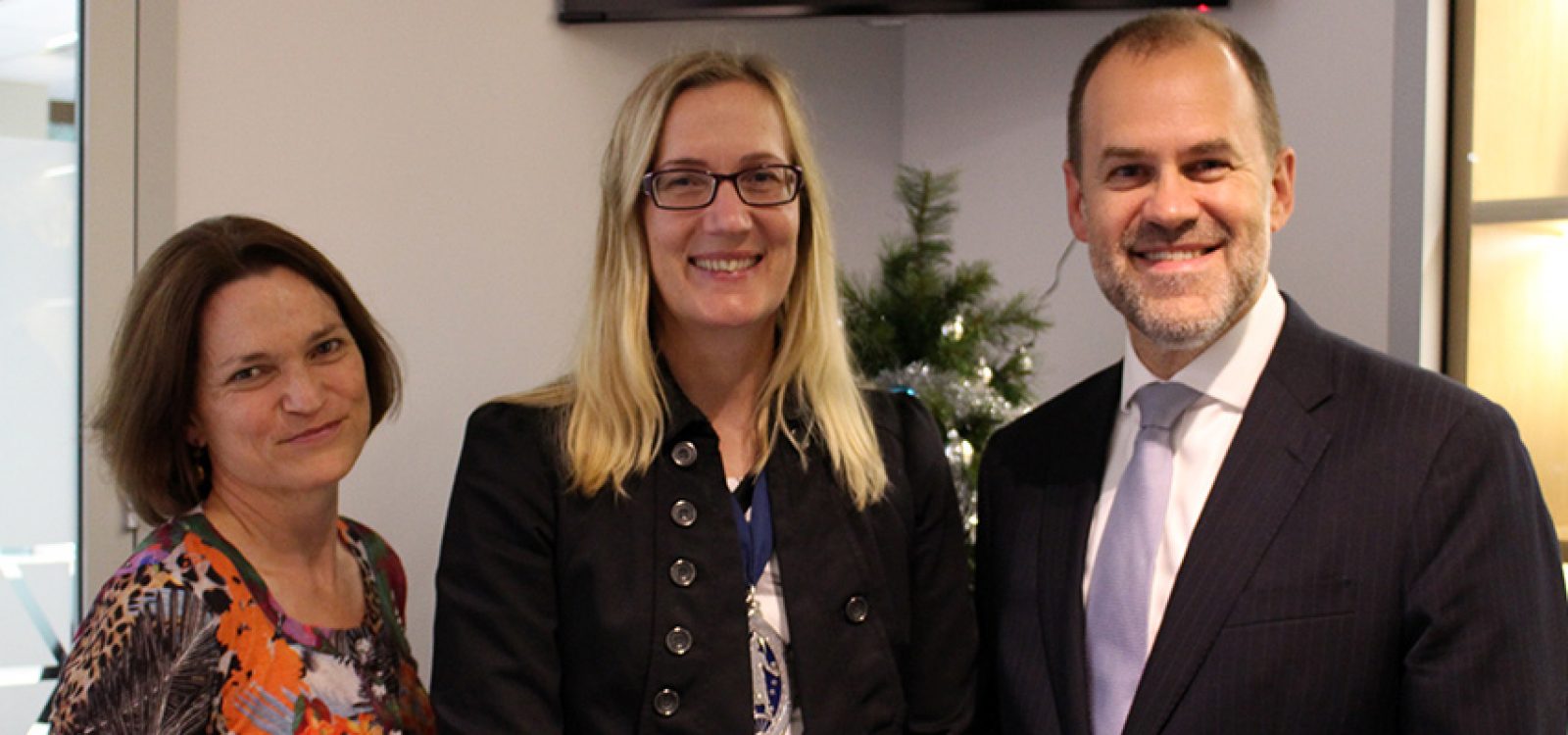
What have the Romans ever done for us?* – *Reg, leader of the People’s Front of Judea in Monty Python’s Life of Brian
Last week, I saw in the Actuaries Institute’s Bulletin the final call for membership subscriptions for 2015/16 reminding me of the benefits of being a member of the Institute. With over 4,000 members in Australia and overseas working in a wide range of industries, interaction between individual members and the Institute varies significantly. Different members use the services offered by the Institute to a greater or lesser degree and this also changes over the course of a career. So it is a good time I think to look at how subscriptions are spent and the value to the actuarial community of this expenditure.
Last year (with the help of a volunteer) we undertook a functional expense analysis of the Institute’s costs and I thought that it would be useful to share the results of that work for 2015. One of the questions that I get asked from time to time is ‘What does the Institute do?’ so I hope that this also helps to address that question. The usual reliances and limitations of any actuarial expense analysis of course apply to this work – the results are dependent on the judgements made about how to allocate various expense items, different assumptions would give different results!
With that out of the way, the Institute has 21.3 full time equivalent employees who we allocated to the following functions.
The biggest three functional areas are Education, Events and Communication with around 4.5 FTEs in each representing over 60% of the Institute employees. I’d imagine that this is unsurprising to many members who have most interaction with the Institute through examinations, attending conferences or seminars, reading Actuaries Digital, visiting the website or participating in a Discussion Forum.
The Finance and Membership Services functions are more back office in nature. The Finance team looks after the Institute’s revenues and expenditure, account preparation and investments while the Membership Services team ensure that membership records are properly maintained and updated as member circumstances change.
The Professional Support and Public Policy function covers the support provided by the Institute staff to the Practice Committees which helps to ensure good cross practice dialogue as well as helping drive initiatives such as the discussion with APRA on the Appointed Actuary role. Public policy has been a growing area of focus for the Institute over my time on Council (five years now) and remains an important part of the new strategic plan under the goal ‘More influence and better known’. I discussed the importance of public policy for the profession in my last column so will not repeat it here.
The Governance function of the Institute covers the Company Secretary role, support for Council and the President as well as Professional Standards and the Disciplinary Scheme.
We decided to pull out the Office of the CEO as a particular function. The CEO is obviously involved in almost everything that the Institute does, but we did not think that allocating the CEO across all functions was useful for our particular exercise. A number of years ago we took the decision to have a full-time CEO which has enabled the Actuaries Institute to become and remain a very professional organisation supporting a large and diverse membership. The CEO is clearly a vital role for the Institute and over the years we have been fortunate to attract talented people to this position. Speaking from my personal experience, I know how much I have relied on David Bell all year in performing in my role as President.
In terms of thinking about how member subscriptions are spent, we looked at Education and Events separately from all other functions since these two areas have their own revenue streams from examination fees and, for paid events, the ticket prices and sponsorships.
The Education team at the Institute, as well as providing the administration of the exams and support for the many member volunteers involved in education, is also responsible for the Institute’s CPD program, delivering the education arm of the Institute’s strategy and for University relationships. The following graph shows the different components of Education costs.
Staff costs, associated premises, office support and IT comprise around 43% of the total cost of the Institute’s Education function. The other 57% of costs are payments to the volunteer examiners, course leaders and presenters as well as the cost of examination centres and printing course and exam materials. The revenue from examination fees roughly matches the direct and allocated costs of the Education function.
The Institute Events team provides all the administration and organisational support associated with running our large conferences, half-day and one-day seminars, Insights sessions and more social cocktail parties and dinners. As for Events, staff and associated expenses represent only 35% of the total costs of the Event function. The other 65% of costs relate to catering and venue hire, AV costs, payments to conference facilitators and travel costs for the Events team providing on the ground support.
In 2015 the revenue that we generated from paid events through ticket prices and sponsorships covered the direct and allocated cost of those events, but our subsidised or free events had to be funded from other sources.
Putting Education and Major Events to one side, member subscriptions and member accumulated funds cover the cost of all the other activities of the Institute. The graph below shows how members’ funds were spent in 2015.
I’ve already discussed some of these functions when looking at the Institute staff so I’ll just comment here on the more significant non-staff related components of costs:
- Communications includes costs relating to design and artwork and printing.
- Governance and Council includes the President’s travel budget for the trips in Australia and overseas visiting members.
- Office of the CEO includes travel and support costs.
- Professional Support and Public Policy includes the Daily News Summary (by the way I was not a subscriber to this until recently and recommend it to members especially those based in Australia).
- International Co-operation includes our membership of the International Actuarial Association (IAA) as well as the assistance with travel costs to the IAA meetings.
- Media relates to the consultants who provide media relations support to the Institute.
- Advertising includes costs relating to the See what we see campaign.
- Research represents the grants approved by the Research Council Committee in 2015.
As I said at the start of this article, some members use and benefit in a very direct way from the services provided by the Institute. Others use those services less often and their benefits of membership are more linked to the reputation and standing of the actuarial profession.
Whatever your own situation and personal experience I hope that this column helps you to understand a little more what the Institute does and how member subscriptions and member funds are spent. I can assure all members that Council and the Institute think carefully about how your money gets used and our aim is always to provide value and to promote and enhance the profession for the benefit of all members.
CPD: Actuaries Institute Members can claim two CPD points for every hour of reading articles on Actuaries Digital.










